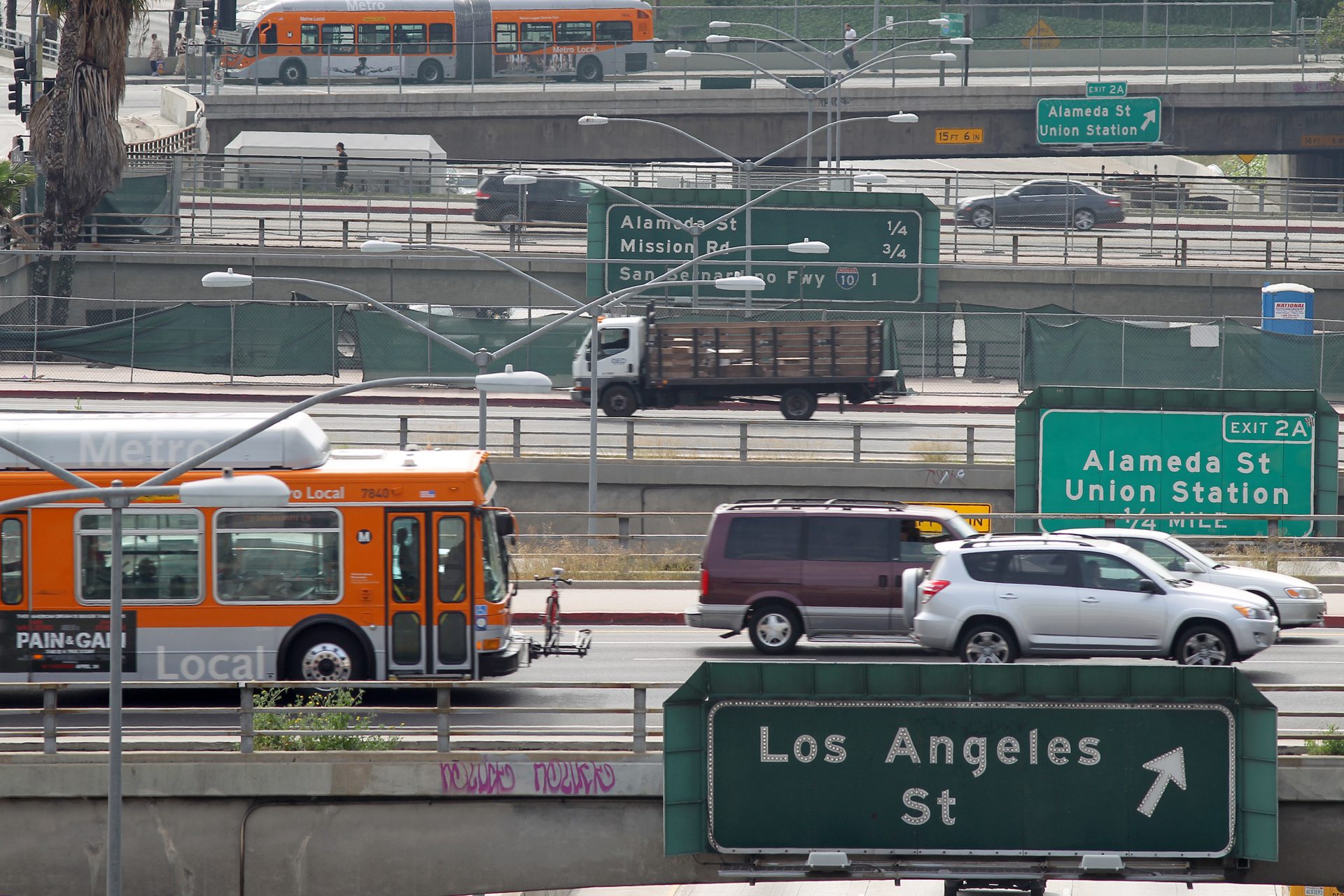

We may earn revenue from the products available on this page and participate in affiliate programs. Learn more ›
Services like UberPool and Lyft Line place more than one passenger in one car, offering greater efficiency than solo ride hailing. But even these services could be making traffic worse, according to a new report by transportation consultant Bruce Schaller.
Schaller argues that pooled ride-hailing services compete with public transit to a greater extent than solo ride hailing, leading more people to opt for cars instead of buses or subways. While solo ride-hailing services tend to to pull in users that likely would have made their trip in a car–either by driving themselves or using a taxi or livery service–most users of pooled services “switch from non-auto modes,” the report said.
Pooled services also aren’t much better at reducing personal car use. Services like UberX add 2.8 new miles driven for each mile of personal-car use they eliminate, according to the report. In comparison, the report said UberPool and Lyft Line add 2.6 miles for every mile of personal-car use they eliminated.
Schaller also found that overall use of ride-hailing services in cities is growing. Ride hailing has added 5.7 billion miles driven in the nine cities studied over six years. The nine cities were New York, Los Angeles, Chicago, Boston, Washington, Miami, Philadelphia, San Francisco, and Seattle. In New York, the number of ride-hailing trips increased by 72 percent from 2016 to 2017, according to the report.
Lyft and Uber disputed Schaller’s findings.
“We strongly disagree with Schaller’s claims regarding shared rides,” Lyft spokeswoman Campbell Matthews told The Washington Post. “Since Lyft’s founding, we’ve been focused on increasing car occupancy and eliminating the need for car ownership. That focus has paid off. Just last year, over 250,000 Lyft passengers gave up their personal cars because of the availability of ride share.”
“We are continuing to focus on our goals by redesigning the Lyft App to integrate with public transit and introducing bike and scooter sharing to the Lyft platform,” Matthews added. “We are committed to ensuring passengers have access to a spectrum of transportation options that serve our cities best.”
In a statement to The Washington Post, Uber said it supports certain policies that Schaller advocates, including expansion of bus and bike lanes, and congestion pricing. But contrary to Schaller’s argument, Uber claimed it has eliminated more than 315 global vehicle-miles traveled through its pool services.
Both Uber and Lyft are showing more interest in scooter and bike-sharing services. Lyft recently bought bike-sharing company Motivate, while Uber is investing in scooter-sharing startup Lime. These services could more effective at reducing traffic because they allow users to make completely car-free trips. But it remains to be seen whether people will get out of cars and onto bikes and scooters en masse.
